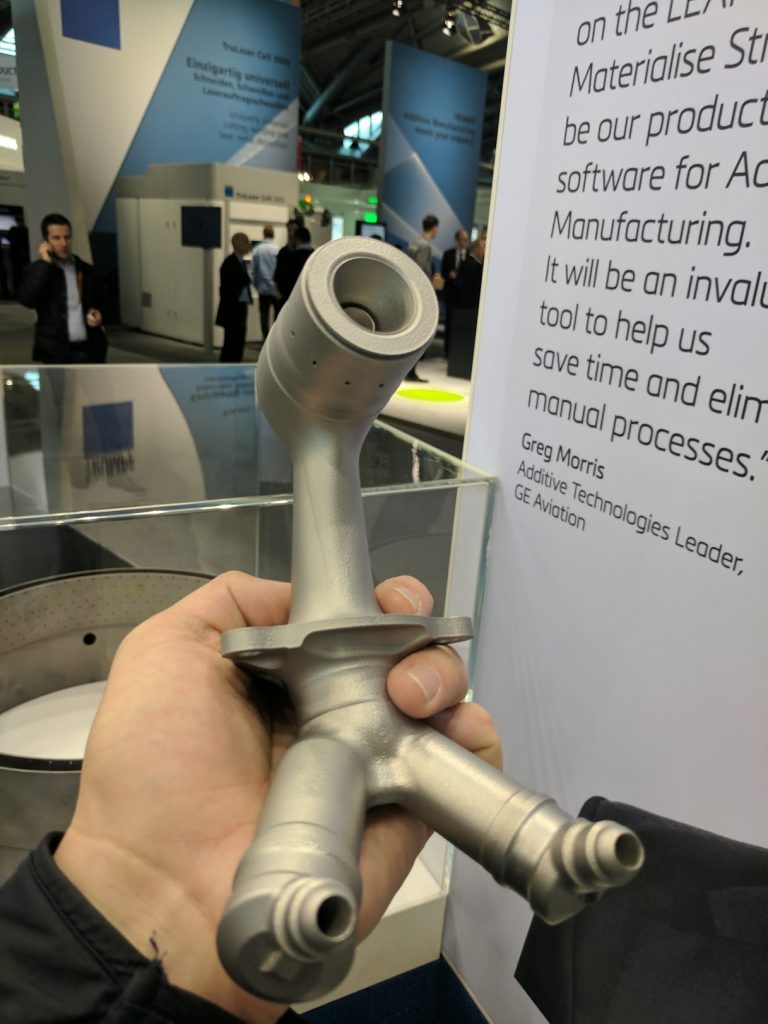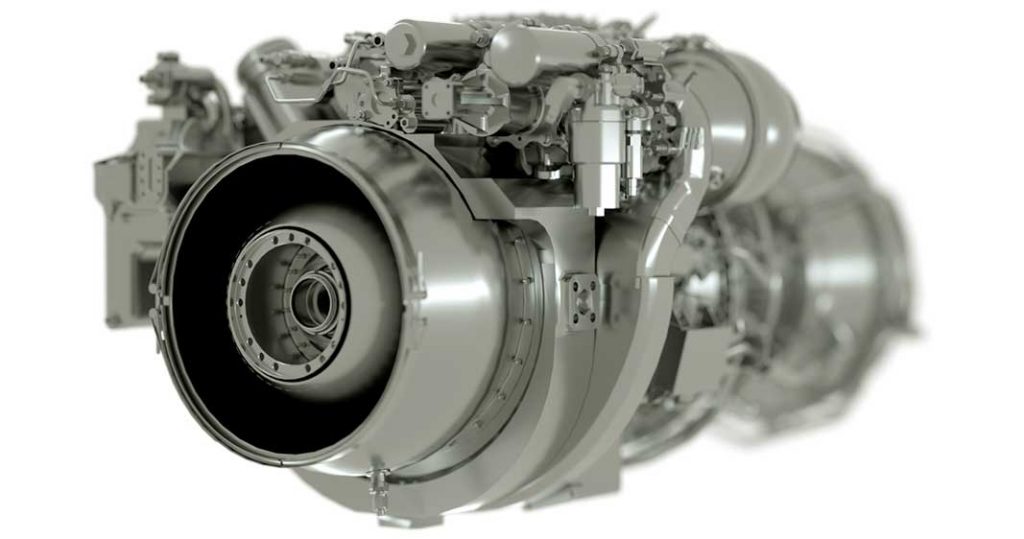Filed for review in late September, the U.S. Federal Aviation Administration (FAA) has developed a draft Additive Manufacturing Strategic Roadmap, advising businesses of adequate practice surrounding the different technologies in the industry.
The roadmap features key regulation information covering emerging considerations around part and process certification, machine and part maintenance, research and development and the demand for doubled-down efforts in additive education and training.
Safety-critical parts are imminent
In recent years, the FAA has seen and certified a rising number of metal 3D printed parts for use in-flight use. In December 2016, the administration passed GE’s famed LEAP engine containing a 3D printed fuel nozzle. As of March 2017, the University of Akron and Airborne Maintenance & Engineering Services (AMES) are seeking FAA approval for its additive manufacturing based maintenance and repair system.
Speaking to Space News Michael Gorelik, FFA chief scientific and technical adviser for fatigue and damage tolerance, clarifies, “Three to four years ago, none of my peers believed we would see additive manufacturing of safety-critical parts.”
“We don’t have them yet, but based on the leading indicators I see it’s coming and it’s coming fairly fast.”

Input from NASA, the Army and the Navy
The current roadmap draft submitted for approval at FAA headquarters in Washington, DC, has received contribution from a number of key industry players including NASA, the Aerospace Industries Association’s Additive Manufacturing Working Group, and U.S. military forces that have received renewed 3D printing support from the government’s 2018 budget.
One of the main challenges in composing such a comprehensive roadmap has been developing a system that can adequately encompass all new processes. Gorelik adds, “One could try to group them by source of raw material, for example powder versus wire, and by the source of energy used to melt the material, laser versus electron beam versus plasma arc […] This is a huge technical problem scope,”
“It would be impractical for any single entity to try to address it single handedly. In my mind, collaboration is the key to ensure the safe introduction of this exciting new technology in commercial as well as military aerospace.”
One widely used classification of 3D printing technology is the Additive Manufacturing Development Structure framework developed by ISO and ASTM, and specifically the 7 categories of process described by the ASTM F42 Additive Manufacturing group.

For additive manufacturing news delivery daily subscribe to the 3D Printing Industry newsletter, follow us on Twitter and like us on Facebook. Register for 3D printing jobs here.
Featured image shows the FFA logo. Image via Space News



